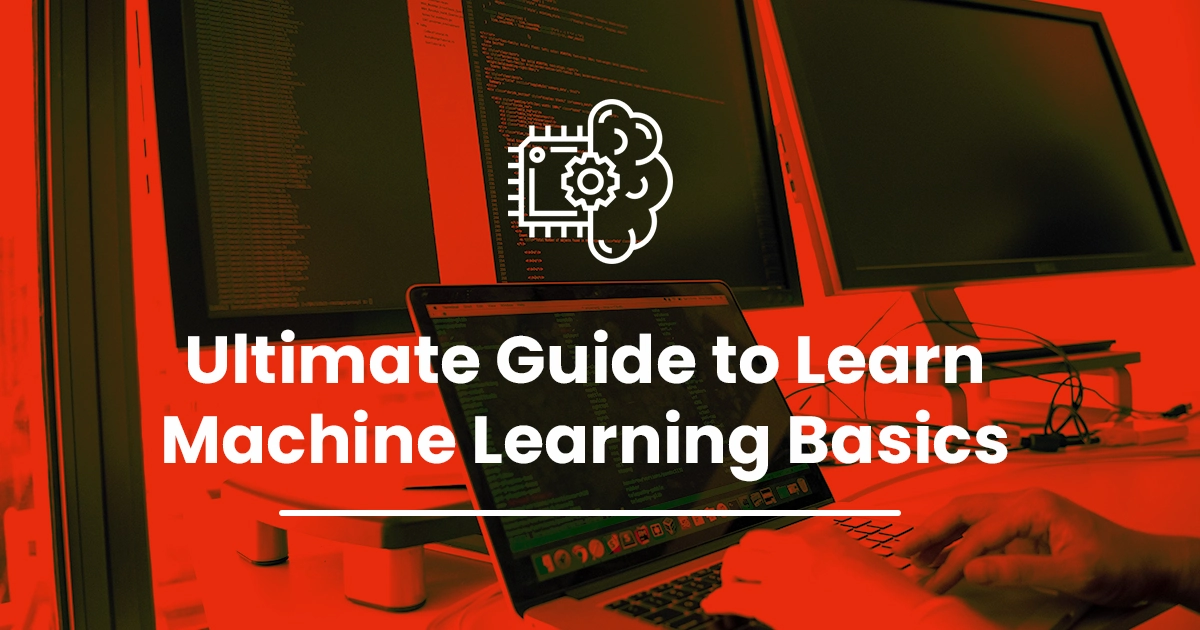Machine Learning has grown as a dominant force and has truly enhanced the progress of all other fields. No matter how big or small an industry is, Machine Learning has dramatically accelerated its growth. This is why knowing about the Machine Learning basics has become more important now more than ever.
According to a recent report by Forbes, in the period 2013-17, the patents relevant to Machine Learning applications grew at a rate of 34% CAGR (Compound Annual Growth Rate), making Machine Learning the third-fastest growing patent category.
This article focuses on enlightening the readers about the concepts relevant to Machine Learning basics. Read on to get a broader perspective about Machine Learning and why it has recently become a driving force for the progress of industries in a variety of domains.
What is Machine Learning?
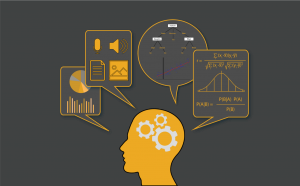
Basically, Machine Learning is one of the applications of AI (Artificial Intelligence). Through Machine Learning, the systems gain the ability to learn from experience and constantly improve without getting explicitly programmed.
Different types of Machine Learning mainly focuses on aiding the development of several computer programs that can gain access to certain data and use that to learn and improve. The process of what is Machine Learning is initiated with an observation of data like instructions, examples, or direct experience.
This way it becomes easier to look for pattern changes in data and make necessary changes to take better decisions in the future. The primary aim of knowing what is Machine Learning is to make computers learn to automatically take charge without any sort of human intervention or action.
Machine Learning Glossary
The first step in learning Machine Learning basics is knowing what the common Machine Learning terms mean. Here are a few of them.
(a) Accuracy – The percent total of correct predictions that are made by the model.
(b) Algorithm – A function, method or series of instructions that aid in the generation of Machine Learning model.
(c) Attribute – This is a feature that describes the observation.
(d) Bias Metric – This is one of the concepts of Machine Learning basics which you would come across a lot. This defines the average difference between the correct value of a prediction and the value of your prediction.
(e) Bias Term – All the patterns that do not go through the origin are allowed to be represented by the model with bias term. Bias terms are generally accompanied by weights and are linked to filters or neurons.
(f) Categorical Variables – These are a set of variables that have a discrete set of all possible values. They can be nominal (order does not matter) or ordinal (order matters).
(g) Classification – This refers to the prediction of a categorical output.
(h) Classification Threshold – This represents the lowest probable value at which a possible classification can be asserted comfortably.
(i) Clustering – Clustering refers to grouping data into buckets in an unsupervised fashion.
(j) Confusion Matrix – This is a table where the classification model’s performance is described by putting the predictions into 4 types of group categories which include true negatives, true positives, false negatives, and false positives.
(i) Continuous Variables – Continuous variables have a range of varied possible values which are defined by scale-like lifespan, sales, etc.
(k) Deduction – This is a top-down approach using which the questions are answered and the problems are solved. Deduction is a significant technique in Machine Learning basics which begins with a theory, tests it with observations and derives a conclusion logically.
(l) Dimension – The dimension of data in what is Machine Learning data refers to the amount of feature in your data set.
(m) Epoch – The total number of times the entire data set gets viewed by the algorithm is described by Epoch.
(n) Extrapolation – When you make some predictions outside the represented range of any dataset, it is called extrapolation.
(o) Feature – When a feature is described in terms of a data set, it represents a value combination and an attribute. For instance, “Colour” is an attribute whereas, “Colour is pink” is a feature.
(p) Feature Selection – In order to create different types of Machine Learning models, relevant features need to be collected from the data-set. This process is called feature selection.
(q) Instance – A sample, row or data point of a dataset is an instance. Also commonly referred to as observation.
Check out how deep learning aspect of machine learning is changing our lives
Applications of Machine Learning
While learning the Machine Learning basics, you must also be aware of the applications where this tool is widely
used. Here are 5 such popular Machine Learning applications.
1. Traffic Alerts on Maps

Google Maps is the go-to application whenever we want to find directions to a particular location. On Google Maps, you can see information like the estimated time of arrival, the traffic on your route, fastest route, etc. Ever wondered how the app knows about this?
These predictions are made based on the data collected by the people using the service, history of that route and a few other tricks. These traffic alerts generated by Google Maps makes use of Machine Learning and is one of the most well-known applications of it.
2. Social Media Platforms

Automatic suggestions generation when you start typing the name of your friend for tagging on Facebook is a process that makes use of the concept of Machine Learning basics. This is the case when you tag friends on any other social networking platform like Instagram, Twitter, etc.
3. Commuting and Transportation

Ever booked a cab using apps like Uber? If yes, you are already using Machine Learning. Through Machine Learning, a personalized experience is provided to you which is unique to your needs and requirements.
It detects the location, history, and patterns automatically and suggests the places you would want to go from your location. This accuracy in delivery and pickup and the prediction of ETA are done by the Machine Learning algorithm.
4. Product Recommendations

Almost everyone these days use e-commerce sites like Amazon to shop. You may have experienced a situation wherein you check out a particular product on such sites and not buy it. You may have seen these products appearing on your screen when you access sites like YouTube and Facebook.
Have you ever wondered how this happens? Google tracks the searches which you make and recommends the ads which pop up on your screen based on these recommendations. This is one of the most interesting applications of Machine Learning.
5. Virtual Assistants
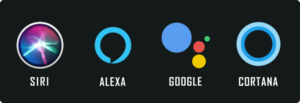
Virtual assistants help the users in finding information that they are trying to look for. They get activated through voice text commands. Through Machine Learning, the following tasks of virtual assistants are made possible.
(a) Conversion of speech to text
(b) Recognition of speech
(c) Processing natural language
(d) Conversion of text to speech
Simple questions like “Schedule for tomorrow” or “Upcoming flights” can be asked and the answers will be fetched by the virtual assistant.
Currently, virtual assistants are also being used in Chatbots which are implemented by several online training sites, food ordering applications, commuting apps, and so many other websites and apps.
Python Libraries for Machine Learning Basics
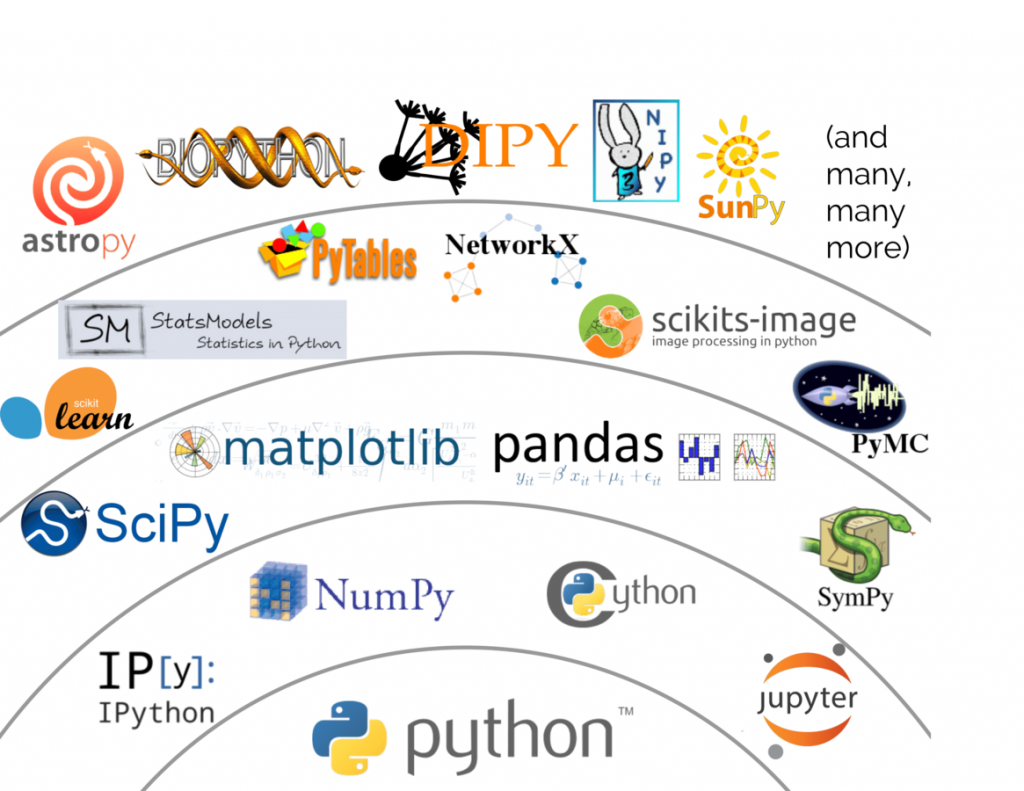
Earlier, the Machine Learning tasks were performed manually by coders strong in the concepts of Machine Learning basics. They used to code all the statistical formulas, mathematical formulas, and algorithms. The entire process was pretty tedious and time consuming with a large room for inefficiency.
With time, once the concepts of Machine Learning basics became much clearer which led to the development of programming languages like Python.
The Python libraries which are implemented in Machine Learning are as follows.
1. NumPy
This Python library is used for matrix processing and multi-dimensional array. It is useful in particular for Fourier transform, linear algebra, and other random number capabilities.
2. SciPy
SciPy contains a variety of modules for linear algebra, optimization, statistics, and integration. It is also pretty popular for the image manipulation process.
3. Skikit-Learn
This is one of the most used libraries for classic ML algorithms. It is built on top of SciPy and NumPy and supports unsupervised as well as supervised Machine Learning algorithms. It is a great tool for all those users who are just starting out with learning about the concepts of Machine Learning basics.
4. Theano
What is the Machine Learning library popularly used for is: efficiently defining, evaluating and optimizing the mathematical expressions that involve multi-dimensional arrays.
5. TensorFlow
This is an open-source library used for the purpose of numerical computations of high performance. This is used for running and defining computations which involve tensors.
6. Keras
This neural network API is of high-level and can run on top of CNTK, TensorFlow as well as Theano. One of the main reasons why people prefer this library is due to the fact that it allows fast and easy prototyping.
7. PyTorch
This is an open-source ML library based on Torch. It supports natural language processing, computer vision and other Machine Learning applications and programs.
8. Pandas
This Python library is majorly used for data analysis. It provides the users with inbuilt methods for combining, groping and filtering the data.
9. Matplotlib
This ML Python library is popular for being used for data visualization functions. Through this, you can get plots and graphs for data visualization like error charts, histograms, bar charts, etc.
Key Elements of Machine Learning
Every ML algorithm has three major components that you must know while educating yourself with the Machine Learning basics. These components are given below.
1. Representation
This is the way the knowledge is being represented. Some examples are sets of rules, decision trees, neural networks, instances, graphical models, model ensembles, and support vector machines, among others.
2. Evaluation
This component portrays the way candidate programs are evaluated. Examples of evaluation components are recall and prediction, accuracy, likelihood, squared error, cost, posterior probability, divergence entropy k-L, margin, etc.
3. Optimization
This component represents the way in which the candidate programs get generated. A few examples of such a component include convex optimization, combinatorial optimization, and constrained optimization.
Types of Machine Learning Algorithms
There are four main types of Machine Learning algorithms that are important to note while learning the Machine Learning basics.
1. Supervised Machine Learning Algorithm
Supervised Learning is also commonly called as inductive learning. This algorithm implies including the desired outputs in the training data. This is one of the most used Machine Learning algorithms as it is much easier to learn with supervision than without.
2. Unsupervised Machine Learning Algorithm
Such a Machine Learning algorithm does not include the desired outputs in the training data. An example of the unsupervised Machine Learning algorithm is clustering. In such an ML algorithm, it is pretty hard to figure out what good learning is and what isn’t.
3. Semi-Supervised Machine Learning Algorithm
In such an ML algorithm, some of the desired results get included in the training data.
4. Reinforcement Machine Learning Algorithm
This represents the rewards that come as a form of an action sequence. It is mostly used by AI types and represents the most ambitious type of ML algorithm.
Growth and Future of Machine Learning
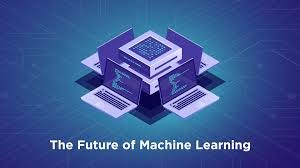
In the future, there a major push in Machine Learning. Every company in almost every domain wants to implement Machine Learning algorithms for less cost and on a larger scale. Cloud service providers will try to drive down all the costs involved and will try to improve the ML system’s capacity.
We have already seen this in motion with the cloud services provided by Google. They have grown from mere storage to include different types of Machine Learning tool suites across speeches, languages, and images.
They have gone as far as building custom hardware (tensor processing unit) for aiding in the quick training of Machine Learning applications systems. Azure and AWS of Amazon have the same kind of offerings.
The end result of all this would be large scale democratization of Machine Learning infrastructure and tools. As faster, bigger and cheaper Machine learning, which is high in accuracy and data, we will witness numerous apps of Machine Learning grows and rises across different sectors and domains.
Conclusion
All the major concepts of Machine Learning applications and basics have been introduced in detail in this article. For any individual interested in this field, it is very essential to have a firm rooting of these Machine Learning basics to understand how the ML algorithms function and behave generally.
If you are also looking forward to building a career in Machine Learning, join Digital Vidya’s Machine Learning Course and take your career to the next level.
